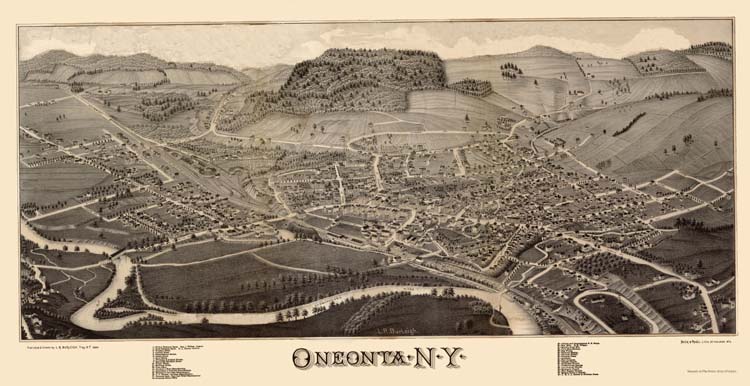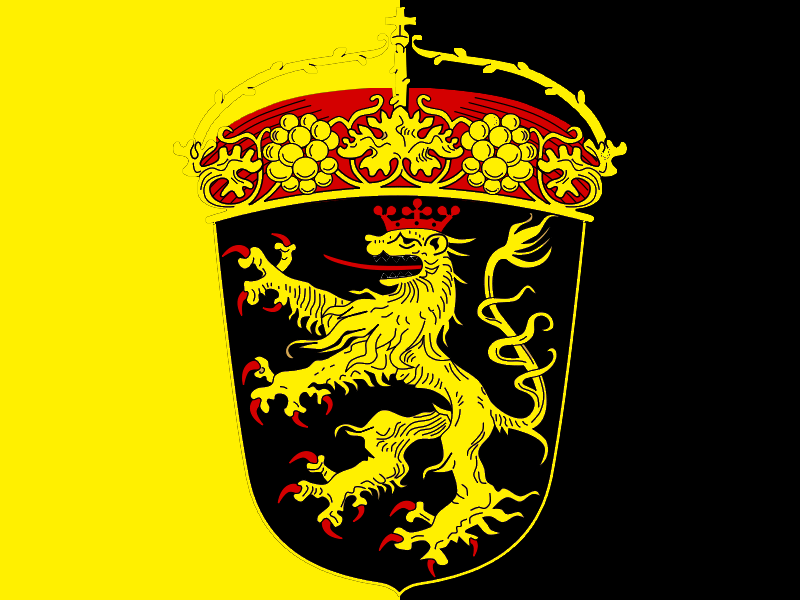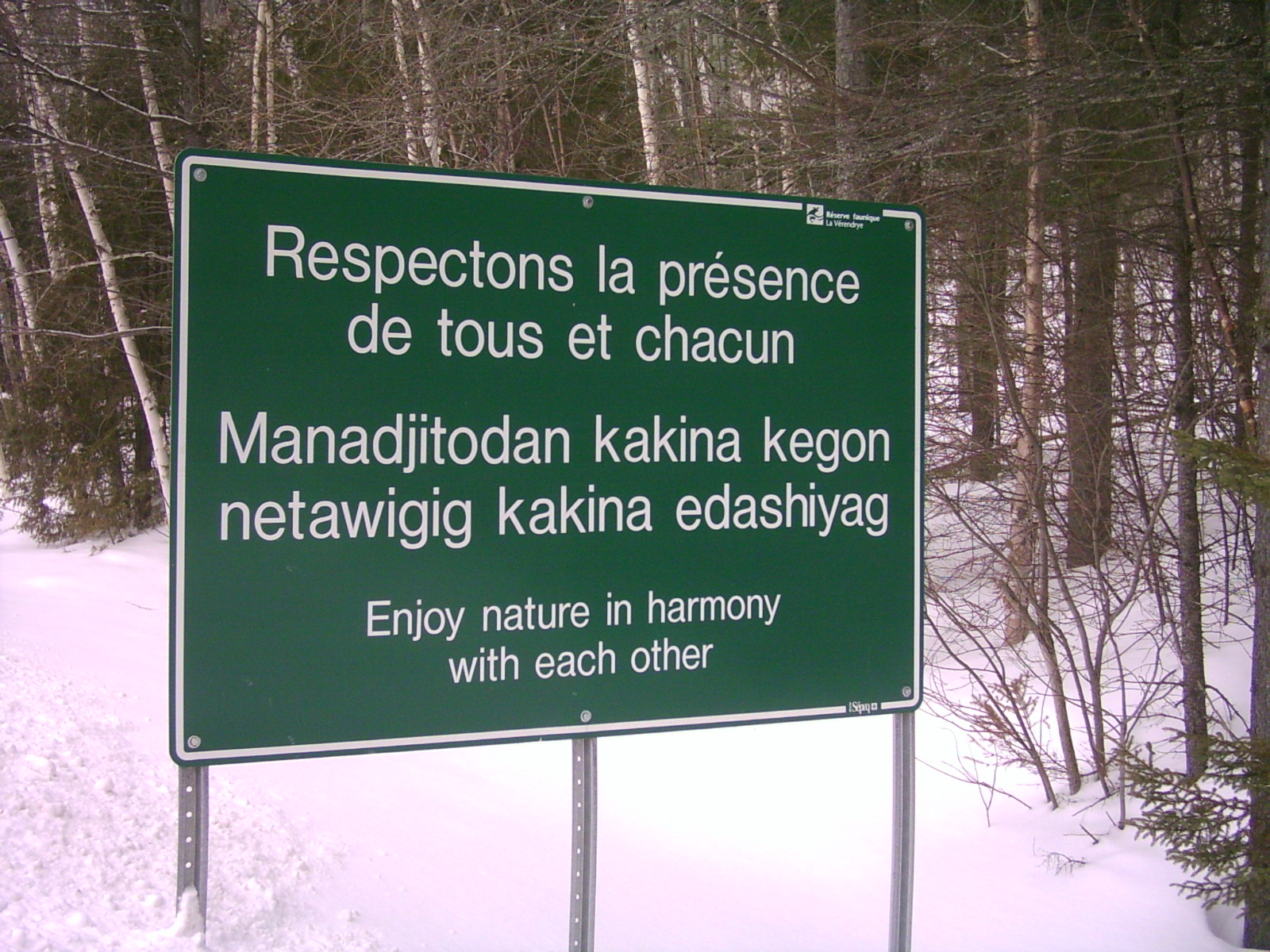|
Oneonta, New York
Oneonta ( ) is a Administrative divisions of New York#City, city in southern Otsego County, New York, Otsego County, New York (state), New York, United States. It is one of the northernmost cities of Appalachia. Oneonta is home to the State University of New York at Oneonta and Hartwick College. SUNY Oneonta began as a normal school and a teacher's college in 1889, and Hartwick College moved into the city in 1928. The approximately 5,800 students from SUNY Oneonta and the approximately 1,500 students at Hartwick make up a significant percentage of the population of Oneonta. According to the 2020 U.S. Census, Oneonta had a population of 13,079. Its nickname is "City of the Hills." While the word "oneonta" is of undetermined origin, it is popularly believed to mean "place of open rocks" in the Mohawk language. This refers to a prominent geological formation known as "Table Rock" at the western end of the city. The city is surrounded by the Administrative divisions of New York#Tow ... [...More Info...] [...Related Items...] OR: [Wikipedia] [Google] [Baidu] |
Old Post Office (Oneonta, New York)
Old Post Office is a historic post office building located at Oneonta in Otsego County, New York, United States. It was built in 1915, and is one of a number of post offices in New York State designed by the Office of the Supervising Architect of the Treasury Department, Oscar Wenderoth. The original portion of the building is nearly square, seven bays on each side. It is built of Indiana limestone, with Concord granite trim in the Classical Revival Neoclassicism, also spelled Neo-classicism, emerged as a Western cultural movement in the decorative and visual arts, literature, theatre, music, and architecture that drew inspiration from the art and culture of classical antiquity. Neoclassic ... style. It features a giant portico supported by six massive Corinthian order columns. In 1980, the building housed city offices moved from the Municipal Building (Oneonta, New York), Old City Hall. ''See also:'' It was listed on the National Register of Historic Places in 1988. ... [...More Info...] [...Related Items...] OR: [Wikipedia] [Google] [Baidu] |
State University Of New York At Oneonta
The State University of New York at Oneonta, also known as SUNY Oneonta, is a public university in Oneonta, New York. It is part of the State University of New York (SUNY) system. History SUNY Oneonta was established in 1889 as the Oneonta Normal School, as part of founding normal schools across the state to train teachers and expand public education. It was located in a building nicknamed "Old Main" at the top of Maple Street in the city of Oneonta. The school's first principal was James M. Milne, for whom the college's current library is named. For nearly 40 years, Old Main was the only building on campus, until 1933 when Bugbee School was built. Named after Percy I. Bugbee, the second principal of the Oneonta Normal School, Bugbee School provided an on-campus training facility for the student teachers attending the normal school. In 1942, the school changed names for the first time, becoming the New York State Teachers College at Oneonta. In 1948, the college became a fou ... [...More Info...] [...Related Items...] OR: [Wikipedia] [Google] [Baidu] |
Sullivan Expedition
The 1779 Sullivan Expedition (also known as the Sullivan-Clinton Expedition, the Sullivan Campaign, and the Sullivan-Clinton Campaign) was a United States military campaign under the command of General John Sullivan (general), John Sullivan during the American Revolutionary War, lasting from June to October 1779, against the four Kingdom of Great Britain, British-allied nations of the Iroquois (also known as the Haudenosaunee). The campaign was ordered by George Washington in response to Iroquois and Loyalist attacks on the Battle of Wyoming, Wyoming Valley, and Cherry Valley massacre, Cherry Valley. The campaign had the aim of "the total destruction and devastation of their settlements." Four Continental Army brigades carried out a Scorched earth, scorched-earth campaign in the territory of the Iroquois Confederacy in what is now central New York (state), New York. The expedition was largely successful, with 40 Iroquois villages razed and their crops and food stores destroyed. T ... [...More Info...] [...Related Items...] OR: [Wikipedia] [Google] [Baidu] |
James Clinton
Major general (United States), Major-General James Clinton (August 9, 1736 – September 22, 1812) was a Continental Army officer and politician who fought in the American Revolutionary War. During the war he, along with John Sullivan (general), John Sullivan, led the 1779 Sullivan Expedition against the British-allied Iroquois. The Americans destroyed 40 villages as well as their winter stores of wheat and other produce. This forced 5,000 Iroquois to flee to British controlled Fort Niagara and caused the deaths of several hundred Iroquois during the harsh winter of 1779–1780. He subsequently obtained the rank of brevet major general. After leaving the army, Clinton was a founding member of the New York Society of the Cincinnati and served as an assemblyman in the New York State legislature and later as a New York State Senator from 1788 to 1792. Early life Clinton was born in Ulster County, New York, Ulster County in the colony of New York, at Little Britain, New York ... [...More Info...] [...Related Items...] OR: [Wikipedia] [Google] [Baidu] |
German Flatts, New York
German Flatts is a town in Herkimer County, New York, United States. The population was 12,263 at the 2020 census down from 13,258 at the 2010 census. The town is in the southern part of Herkimer County, on the south side of the Mohawk River, across from the village of Herkimer. The town includes the villages of Ilion and Mohawk. History Herkimer This was one of the original areas of the Burnetsfield Patent in the province of New York, where in 1722–1723, Governor William Burnet granted Palatine German immigrants leases to purchase land from the Mohawk, the powerful eastern nation of the Iroquois Confederacy. It was the first land sold to Europeans west of Schenectady. During the 18th-century warfare in the valley, the village was attacked by French and Iroquois forces during the French and Indian War (Seven Years' War), and many women and children were taken to Canada as captives. On September 17, 1778, Mohawk chief and Loyalist leader Joseph Brant led a force ... [...More Info...] [...Related Items...] OR: [Wikipedia] [Google] [Baidu] |
Mohawk Valley
The Mohawk Valley region of the U.S. state of New York is the area surrounding the Mohawk River, sandwiched between the Adirondack Mountains and Catskill Mountains, northwest of the Capital District. As of the 2010 United States Census, the region's counties have a combined population of 622,133 people. In addition to the Mohawk River valley, the region contains portions of other major watersheds such as the Susquehanna River. The region is a suburban and rural area surrounding the industrialized cities of Schenectady, Utica and Rome, along with other smaller commercial centers. The area is an important agricultural center and encompasses the heavily forested wilderness areas just to the north that are part of New York's Adirondack Park. The Mohawk Valley is part of a natural passageway connecting the Atlantic Ocean, by way of the Hudson Valley, with the interior of North America. Native American Nations of the Iroquois Confederacy lived in the region. In the 17th ce ... [...More Info...] [...Related Items...] OR: [Wikipedia] [Google] [Baidu] |
Hudson Valley
The Hudson Valley or Hudson River Valley comprises the valley of the Hudson River and its adjacent communities in the U.S. state of New York (state), New York. The region stretches from the Capital District (New York), Capital District including Albany, New York, Albany and Troy, New York, Troy south to Yonkers, New York, Yonkers in Westchester County, New York, Westchester County, bordering New York City. History Pre-Columbian era The Hudson Valley was inhabited by indigenous peoples long before European settlers arrived. The Lenape, Wappinger, and Mahican branches of the Algonquin peoples, Algonquins lived along the river, mostly in peace with the other groups. The lower Hudson River was inhabited by the Lenape. The Lenape people waited for the explorer Giovanni da Verrazzano onshore, traded with Henry Hudson, and sold the island of Manhattan. Further north, the Wappingers lived from Manhattan Island up to Poughkeepsie. They lived a similar lifestyle to the Lenape, residing ... [...More Info...] [...Related Items...] OR: [Wikipedia] [Google] [Baidu] |
German Palatines
Palatines () were the citizens and Prince of the Holy Roman Empire, princes of the List of states in the Holy Roman Empire, Palatinates, Holy Roman States that served as Kaiserpfalz, capitals for the Holy Roman Emperor. After the fall of the Holy Roman Empire in 1806, the nationality referred more specifically to residents of the Palatinate (region), Rhenish Palatinate, known simply as "the Palatinate". American Palatines, including the Pennsylvania Dutch, have maintained a presence in the United States as early as 1632 and are collectively known as "Palatine Dutch" (). The earliest Palatines settled in the Province of Maryland, Maryland Palatinate, an American palatinate established by the Calvert family as a haven for Catholic refugees. Holy Roman Nationality Paladins The term ''palatine'' or ''palatinus'' was first used in the Roman Empire for Chamberlain (office), chamberlains of the emperor (e.g. Chamberlain of the Holy Roman Church) due to their association with the Palat ... [...More Info...] [...Related Items...] OR: [Wikipedia] [Google] [Baidu] |
Iroquoian Languages
The Iroquoian languages () are a language family of indigenous peoples of North America. They are known for their general lack of labial consonants. The Iroquoian languages are polysynthetic and head-marking. As of 2020, almost all surviving Iroquoian languages are severely or critically endangered, with some languages having only a few elderly speakers remaining. The two languages with the most speakers, Mohawk (Kenien'kéha) in New York and Canada, and Cherokee in Oklahoma and North Carolina, are spoken by less than 10% of the populations of their nations. Family division *Iroquoian **Northern Iroquoian ***(Lake Iroquoian) ****Iroquois Proper (Five Nations) ***** Seneca (severely endangered) ***** Cayuga (severely endangered) ***** Onondaga (severely endangered) *****Susquehannock or Conestoga *****Mohawk–Oneida ****** Oneida (severely endangered) ****** Mohawk ****Huronian ***** Huron-Wyandot ***** Petun (Tobacco) ***Tuscarora–Nottoway **** Tuscarora **** Meherri ... [...More Info...] [...Related Items...] OR: [Wikipedia] [Google] [Baidu] |
Algonquin Language
Algonquin (also spelled Algonkin; in Algonquin: or ) is either a distinct Algonquian languages, Algonquian language closely related to the Ojibwe language or a particularly divergent Ojibwe language dialects, Ojibwe dialect. It is spoken, alongside French language, French and to some extent English language, English, by the Algonquin people, Algonquin First Nations in Canada, First Nations of Quebec and Ontario. As of 2006, there were 2,680 Algonquin speakers,. less than 10% of whom were monolingual. Algonquin is the language for which the entire Algonquian language subgroup is named; the similarity among the names often causes considerable confusion. Like many Native American languages, it is strongly verb-based, with most meaning being incorporation (linguistics), incorporated into verbs instead of using separate words for prepositions, tense, etc. Classification (Algonquin) is an Algonquian languages, Algonquian language, of the Algic family of languages, and is descende ... [...More Info...] [...Related Items...] OR: [Wikipedia] [Google] [Baidu] |
Oneonta (town), New York
Oneonta is a town in Otsego County, New York, United States. The population was 5,065 at the 2020 census.,U.S. Census Bureau, 2020 Report, Oneonta town, Otsego County, New York QuickFacts https://www.census.gov/quickfacts/oneontatownotsegocountynewyork The Town of Oneonta surrounds the City of Oneonta, which has a population of 13,791. The meaning of the native word "oneonta" is City of the Hills. History The town was first settled before the American Revolution by Palatine Germans and Dutch settlers from the Hudson Valley. In 1779, the army of General Clinton passed through the area to join the Sullivan Expedition. The Town of Oneonta was established in 1830 from parts of the Towns of Otego and Milford. The community of Oneonta, developed from earlier "McDonaldville" and "Milfordville," in the town became a railroad center for such lines as the Delaware and Hudson. The world's largest locomotive roundhouse stood in Oneonta until a larger one was constructed in Ger ... [...More Info...] [...Related Items...] OR: [Wikipedia] [Google] [Baidu] |





